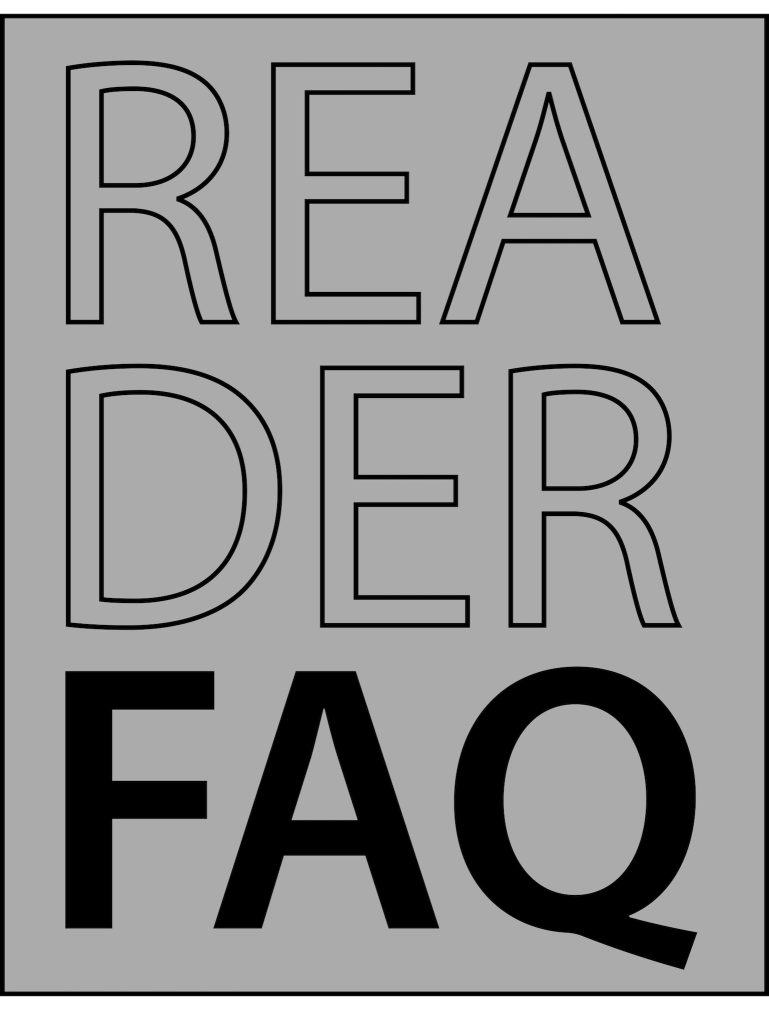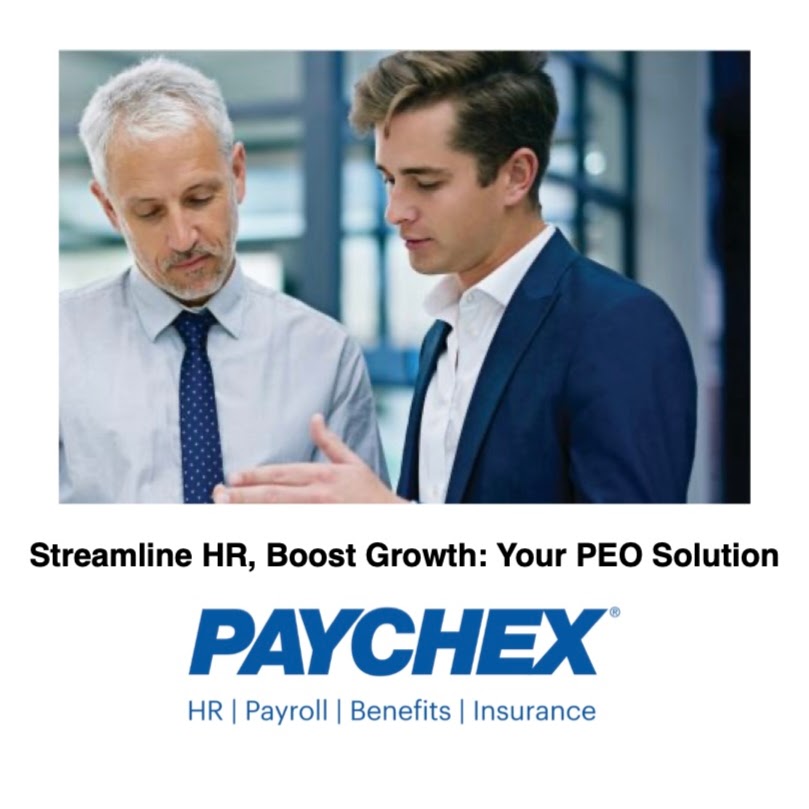In the fast-paced and competitive world of business, leaders are constantly faced with a delicate balancing act: keeping costs under control while maintaining a high level of employee satisfaction. It’s a challenge many executives know all too well. You want to provide competitive benefits and retain top talent, but the associated administrative burdens and escalating costs can quickly overwhelm even the most well-prepared HR teams. Enter the Professional Employer Organization (PEO), an increasingly popular solution for smart leaders looking to manage their workforce more effectively.
By partnering with a PEO, you can cut costs, improve efficiency, and significantly enhance employee satisfaction, all while offloading the time-consuming tasks of HR administration and compliance management.
The Cost of Doing Business: The Hidden Drain on Resources
Running a business comes with countless expenses, many of which fall under the umbrella of managing human resources. From handling payroll to staying compliant with federal, state, and local regulations, your HR team likely spends much of its time putting out fires instead of focusing on strategic initiatives. And don’t forget the skyrocketing costs of healthcare, retirement benefits, and other employee rewards that today’s workforce expects.

But what if you could trim these costs while actually enhancing the quality of your HR services? That’s where partnering with a PEO comes in. By entering into a co-employment relationship with a PEO, your company can access a scalable solution that offloads many HR-related tasks, from payroll processing and benefits administration to compliance management. Not only does this free up valuable resources, but it also reduces operational costs, allowing you to reallocate funds toward growth and innovation.
Cutting Costs Through Economies of Scale
One of the most immediate benefits of partnering with a PEO is the ability to leverage economies of scale. When you sign on with a PEO, you are pooling your employees with those of other small and mid-sized businesses, giving the PEO greater bargaining power with benefits providers. This allows your company to offer premium-level benefits at a fraction of the cost.
For example, healthcare costs are one of the biggest expenses for businesses today. Companies that go it alone are often stuck paying higher premiums for their health insurance plans, which can place a significant strain on their budgets. A PEO, however, can negotiate group health insurance rates that are typically reserved for much larger organizations. These cost savings can be substantial, sometimes slashing health insurance premiums by as much as 30-40%.
Take the case of a growing tech startup that wanted to attract top talent but couldn’t afford the high costs of competitive healthcare plans. After partnering with a PEO, they were able to offer a comprehensive healthcare package with dental, vision, and wellness programs — all while cutting their benefits spending by 25%. Not only did this help them save money, but it also made them a more attractive option for high-skilled employees, accelerating their growth.
Streamlining Payroll and Administrative Tasks
Beyond benefits, payroll processing is another area where PEOs can generate significant cost savings. Managing payroll in-house requires dedicated staff, software, and time — all of which add up quickly. By outsourcing payroll to a PEO, businesses can eliminate the overhead costs associated with in-house payroll departments.
PEOs take care of everything from wage calculations to tax filings, ensuring compliance with ever-changing tax laws. This reduces the risk of costly errors, fines, or audits, which can be financially devastating for a business. For example, a manufacturing company partnered with a PEO to streamline its payroll operations. Not only did the PEO handle payroll seamlessly, but it also ensured timely tax filings and compliance with all wage and hour regulations. As a result, the company saved both time and money, and avoided penalties that could have been costly in both financial and reputational terms.
The time saved is another invaluable benefit. Executives and managers no longer need to devote hours to overseeing payroll or HR tasks, freeing them up to focus on strategic business initiatives that drive growth.
Elevating Employee Satisfaction with World-Class Benefits
While cost-cutting is important, enhancing the employee experience is equally critical to long-term success. In today’s competitive labor market, employees expect more from their employers — better benefits, more support, and a stronger focus on work-life balance. A PEO can help you deliver all of this and more.
Through a PEO, small and mid-sized businesses gain access to Fortune 500-level benefits, from comprehensive healthcare plans to 401(k) retirement options and even rewards like employee assistance programs (EAPs), wellness initiatives, and discount programs. These benefits are usually far beyond the reach of companies that try to manage HR in-house.
For example, consider a small law firm that wanted to provide better benefits to its employees but could not afford the costs of premium healthcare and retirement plans. After partnering with a PEO, the firm was able to offer a 401(k) match program, enhanced healthcare options, and even a wellness program that included gym membership discounts. Employee morale soared, and the firm saw a marked improvement in employee retention, as workers were more satisfied and less likely to seek employment elsewhere.
This enhanced employee experience translates into higher productivity, lower turnover rates, and a more engaged workforce — all factors that contribute directly to a company’s bottom line. PEO Employee’s Financial Health: Life Insurance Myths and Misconceptions
Compliance Made Easy: Reducing Legal and Financial Risk
Managing compliance is one of the most challenging aspects of HR. With new regulations cropping up regularly — from healthcare mandates to changes in tax law — keeping your business complaint requires constant vigilance. A mistake in classifying an employee or missing a regulatory update can lead to fines, audits, or even lawsuits.
A PEO takes on the heavy burden of HR compliance, so you do not have to. As experts in labor law, tax regulations, and employment standards, PEOs stay up-to-date on the latest legal requirements and ensure that your business is always in compliance. This drastically reduces the risk of costly mistakes that could derail your business.
For example, a construction company that partnered with a PEO was able to stay ahead of shifting OSHA regulations and wage-hour rules without hiring additional compliance staff. The PEO monitored regulatory changes in real time, made sure all required documentation was filed on time, and provided safety training to reduce the risk of workplace accidents. The result? The company avoided several potential fines, reduced its workers’ compensation premiums, and stayed compliant with all labor laws while focusing on scaling its operations.
By offloading compliance to a PEO, you minimize the risks associated with HR missteps and free up time and resources to invest in other critical areas of your business.
A Scalable Solution That Grows with Your Business and Employee Satisfaction
One of the most significant advantages of working with a PEO is the scalability it offers. Whether you are a small business looking to expand or a mid-sized company navigating rapid growth, a PEO partnership allows you to scale HR operations effortlessly without incurring the costs of building a large internal HR team.
Imagine a seasonal business that hires additional workers during peak times and reduces its workforce in slower seasons. Managing this fluctuation can be an administrative nightmare, as HR teams are overwhelmed by onboarding, training, and payroll. With a PEO, these companies can scale their workforce up or down as needed without being weighed down by HR logistics.
For example, a retail company that experiences large seasonal hiring needs found itself struggling to manage onboarding and payroll for hundreds of temporary workers. By partnering with a PEO, they were able to seamlessly hire, train, and pay seasonal employees while staying compliant with labor laws and minimizing administrative overhead. Once the season ended, they scaled back without losing efficiency or control.
The flexibility of a PEO allows you to scale at your own pace, adapting to market conditions and your business’s evolving needs. This means you can expand quickly without being slowed down by HR bottlenecks, positioning your company for sustained growth.
Real-World PEO Employee Satisfaction
The benefits of a PEO partnership aren’t just theoretical, they’re proven in real-world examples across industries. According to research from the National Association of Professional Employer Organizations (NAPEO), companies that work with PEOs experience 7-9% faster growth, are 50% less likely to go out of business, and have 10-14% lower employee turnover.
One success story involves a hospitality business that was facing challenges with rising healthcare costs and high employee turnover. After teaming up with a PEO, the company was able to offer affordable healthcare benefits, a 401(k) match, and wellness programs that boosted employee satisfaction. The improved benefits package not only helped the company cut HR costs by 20%, but also reduced employee turnover by 15%, enabling the company to focus on expanding its operations.
Conclusion: Achieving More with Less
In today’s competitive business environment, leaders are constantly searching for ways to do more with less. A PEO partnership offers the perfect solution by reducing operational costs, improving employee satisfaction, and minimizing compliance risks. This not only frees up your time and resources but also positions your company to grow faster and smarter.
If you are ready to cut costs, elevate your employee experience, and gain a strategic partner that manages the complexities of HR, it’s time to explore how a PEO can transform your business. The smart leaders of today are turning to PEOs. Are you ready to join them?

- PEO Selection Process: What criteria should be considered when selecting a PEO? Are there industry-specific PEOs? How does a company transition from in-house HR to a PEO partnership?
When selecting a PEO, companies should consider several key factors to ensure the best fit for their organization. These include the PEO’s industry experience, range of services, technology capabilities, client references, financial stability, and pricing structure. Industry-specific PEOs do exist, catering to sectors such as healthcare, technology startups, or construction, offering specialized knowledge of relevant regulations and challenges. Transitioning from in-house HR to a PEO partnership requires careful planning and execution. Companies should begin with a thorough audit of their current HR processes, communicate the change to employees early and transparently, and work closely with the chosen PEO to develop a transition timeline. Gradually transferring responsibilities, starting with less complex tasks, and providing training to employees on new systems can help smooth the transition. Some organizations may choose to retain certain in-house HR staff for strategic functions to maintain a balance between outsourced and internal HR capabilities. The Ultimate Guide: HRIS vs. PEO – Which HR Solution Is Right for Your Business? - Potential Drawbacks or Challenges: Are there any disadvantages to using a PEO? What are the common challenges businesses face when transitioning to a PEO model?
How does using a PEO affect company culture or employee satisfaction? While PEOs offer numerous benefits, it is important to consider potential drawbacks and challenges. Companies may experience a loss of some control over HR functions and face initial resistance from employees or existing HR staff. There can be upfront costs and a significant time investment during the transition period, as well as a newfound dependency on the PEO’s systems and processes. Common challenges during the transition include data migration and integration issues, adapting to new technology platforms, ensuring all employees understand new processes, and maintaining company culture. The impact on company culture can be mixed; if communicated well and resulting in better benefits, it can be positive. However, there may initially be uncertainty or resistance among employees, and some may feel less connected to the company. This transition also presents an opportunity to refocus internal resources on culture-building initiatives, potentially strengthening the overall employee experience. - Cost Breakdown and ROI: What is the typical cost structure for PEO services? How can a company calculate the potential return on investment (ROI) from partnering with a PEO?
Are there case studies with specific financial data showing before-and-after scenarios for companies that have adopted PEOs? The cost structure of PEOs typically involves a charge calculated as a percentage of payroll, usually ranging from 2-12%, with variations based on the number of employees, services required, and industry specifics. Calculating the potential return on investment (ROI) of a PEO partnership requires a comprehensive analysis. This includes estimating current costs such as in-house HR salaries, benefits administration, technology, and legal fees, then comparing these to a detailed quote from the PEO. Potential savings should be factored in, including reduced benefits costs, time savings, and avoided compliance penalties. Intangible benefits like improved employee satisfaction and reduced turnover should also be considered. While specific financial data varies by company, case studies often show significant savings. For example, a company with 50 employees might see its annual HR costs decrease from $250,000 to $200,000 after partnering with a PEO, while also experiencing a reduction in employee turnover from 20% to 12%. This could result in additional savings from reduced turnover, potentially totaling $125,000 in first-year savings. However, it’s important to note that actual results can vary significantly based on the specific company and PEO partnership.








